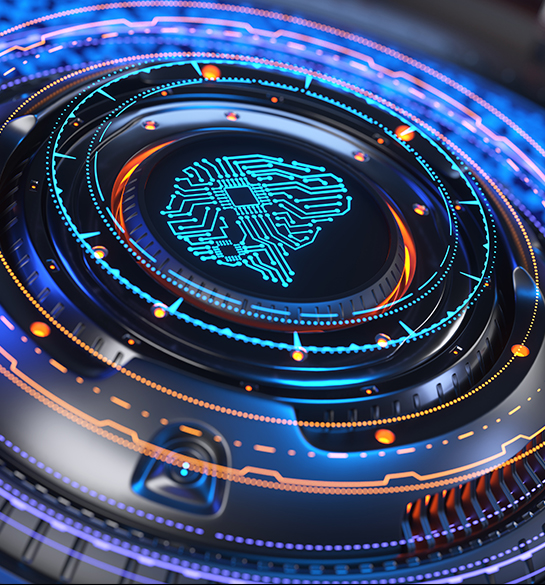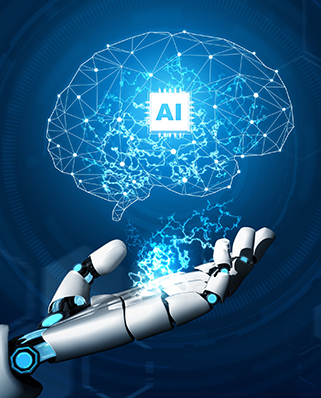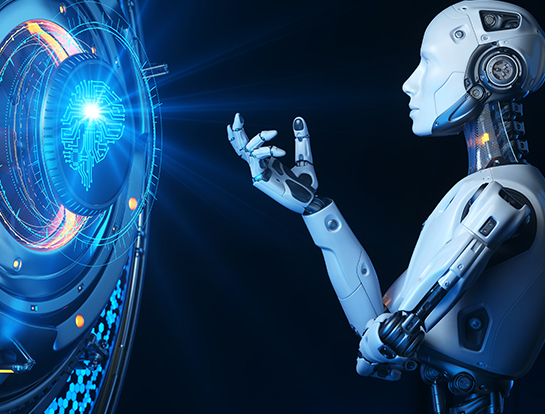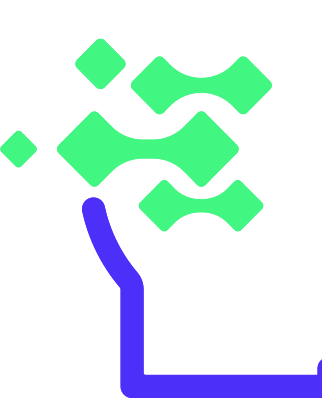






Artificial Intelligence (AI) has significantly revolutionized robotics, pushing the boundaries of what machines can achieve. Unlike traditional robots that operate on pre-programmed instructions, AI-powered robots have the ability to learn, adapt, and make autonomous decisions, making them highly efficient and capable of performing complex tasks across various industries.



Industrial robots powered by AI have revolutionized the manufacturing sector by automating repetitive tasks, improving precision, and enhancing productivity. These robots operate on assembly lines, handle materials, and perform quality control inspections with minimal human intervention.
AI-driven medical robots assist doctors in surgical procedures, patient care, and diagnostics. These robots enhance precision, reduce human errors, and improve recovery rates for patients undergoing complex surgeries.
Examples of AI-powered medical robots:
Surgical Robots (e.g., Da Vinci System) – Perform minimally invasive surgeries with high precision.
Robotic Nurses – Help with medication delivery and patient monitoring.
AI-powered Diagnostic Tools – Analyze medical images and detect diseases.
AI in medical robotics is transforming healthcare, providing faster, safer, and more effective treatments.
Autonomous robots, including self-driving cars and AI-powered drones, are reshaping transportation and logistics. These robots use deep learning, computer vision, and real-time sensor data to navigate without human input.
Key technologies in autonomous robots:
LiDAR and Radar Sensors – Detect obstacles and surroundings.
Neural Networks – Process vast amounts of real-time data for decision-making.
Path Planning Algorithms – Optimize routes for efficiency and safety.
Companies like Tesla, Waymo, and Amazon are leading the way in AI-powered autonomous transportation.
Service robots are designed to interact with humans, assist in customer service, and enhance hospitality experiences. AI-powered chatbots, humanoid robots, and automated kiosks are becoming common in hotels, restaurants, and retail stores.
Examples of AI-powered service robots:
Hotel Assistants (e.g., Pepper, Connie) – Help guests with check-ins and recommendations.
Retail Robots (e.g., LoweBot) – Guide customers to products in stores.
Restaurant Robots – Take orders, serve food, and clean tables.
These robots improve efficiency, enhance customer satisfaction, and reduce operational costs.
Humanoid robots are AI-powered machines designed to mimic human gestures, speech, and behavior. These robots are used in education, research, and elderly care to provide companionship and support.
Key features of humanoid robots:
Facial Recognition and Emotion Analysis – Understand and respond to human emotions.
Natural Language Processing (NLP) – Communicate effectively in multiple languages.
Advanced Mobility Systems – Walk, run, and interact like humans.
Famous humanoid robots include Sophia, ASIMO, and Atlas, which showcase the potential of AI in human-robot interactions.



